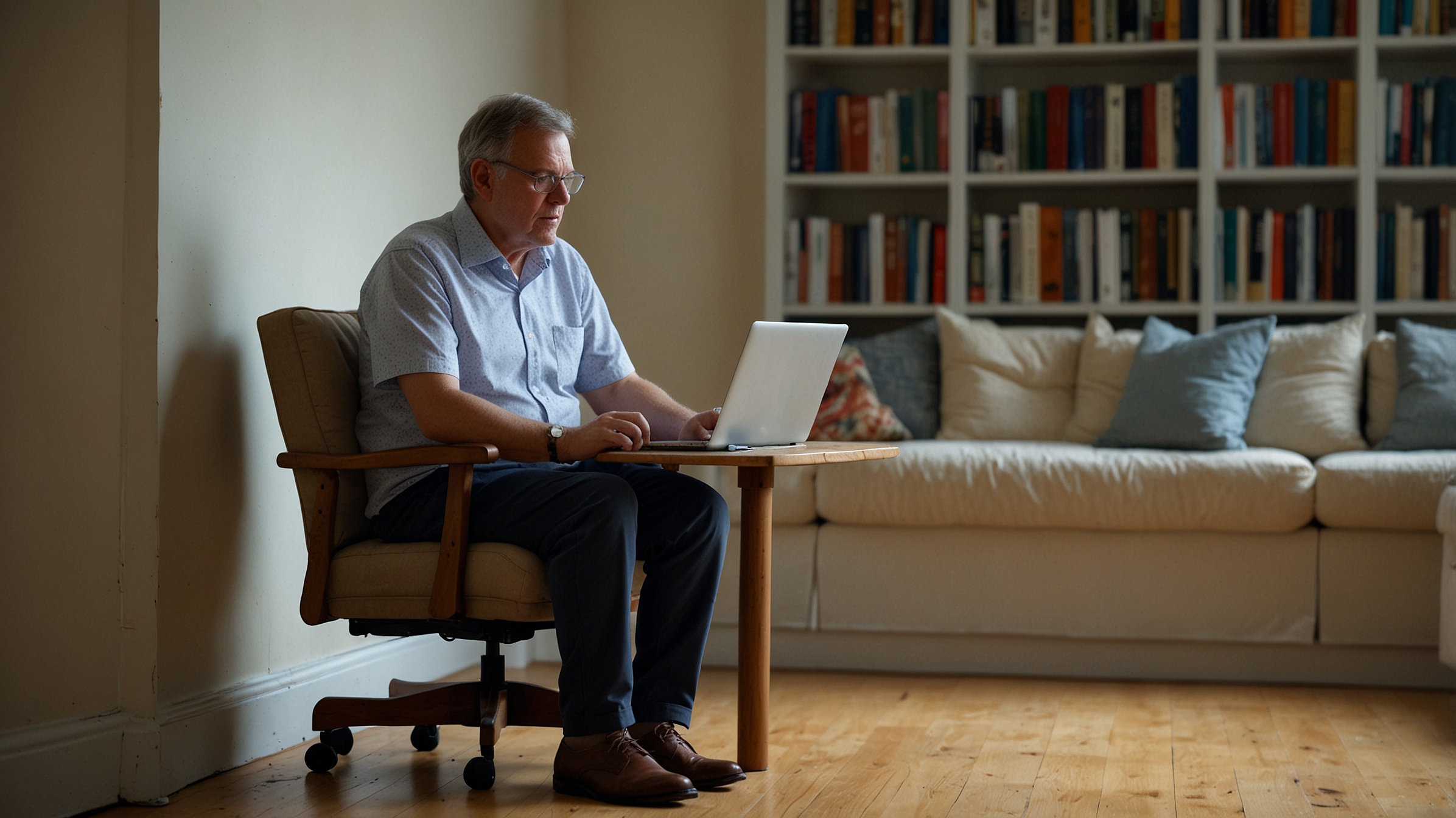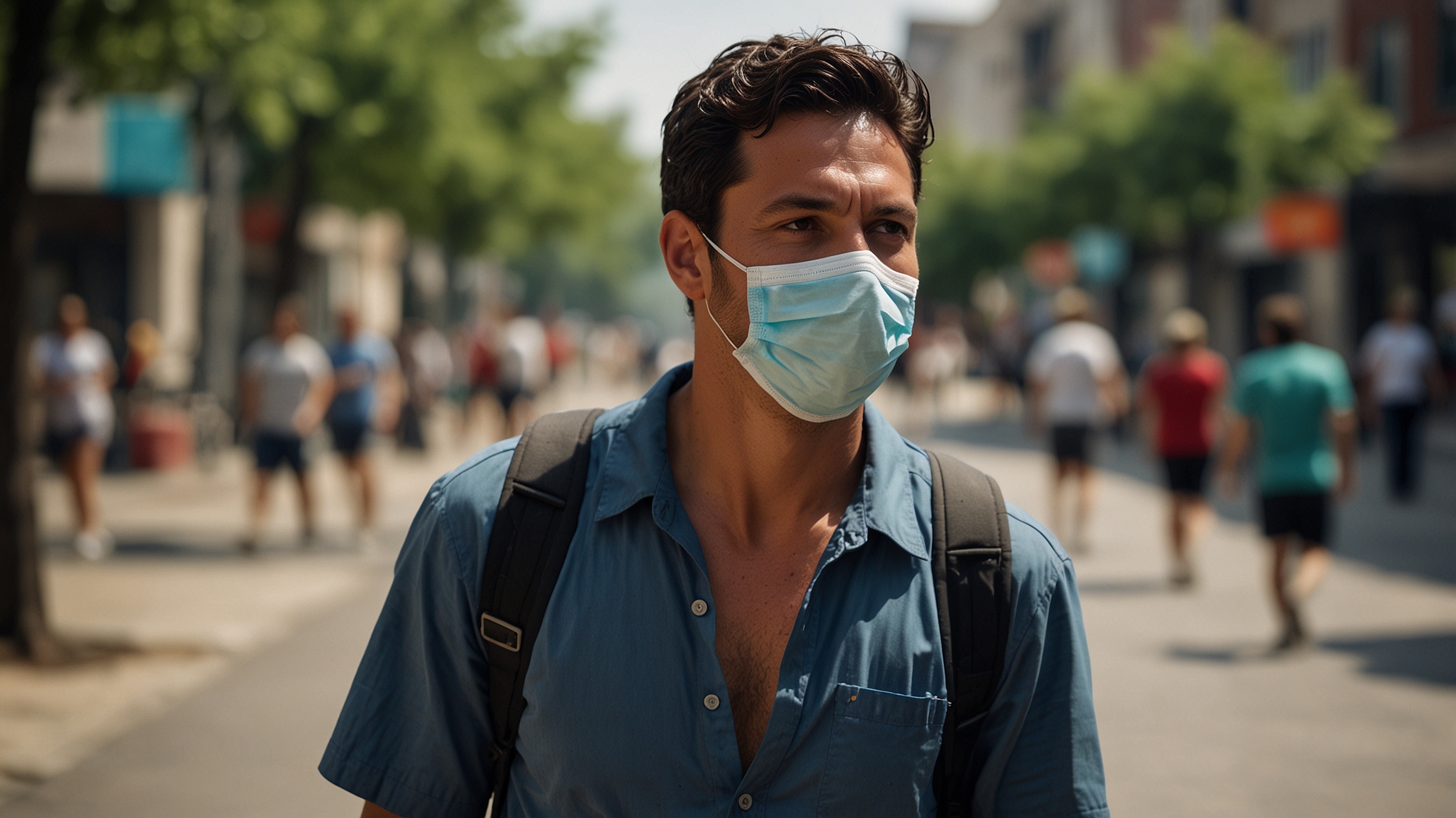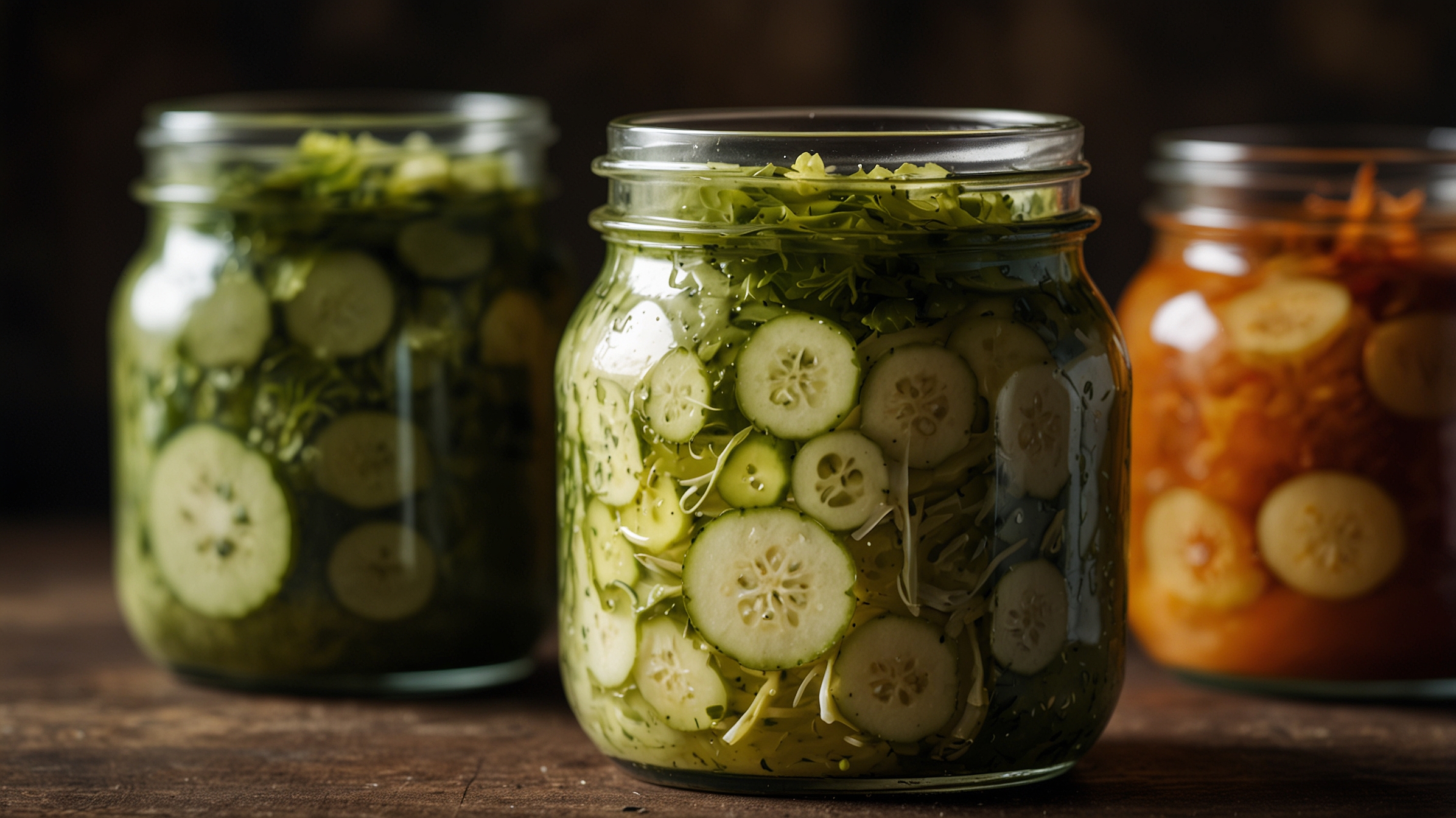Turn Preventive Health Tips into an Easy-To-Follow Personal Routine
Ever wonder how some people seem to dodge every cold, flu, and seasonal bug that circulates? While luck and genetics may play a role, science shows that people who rarely get sick often share a set of daily habits that support a resilient immune system and overall well-being.
The good news? These habits aren’t complicated. With a few intentional tweaks to your routine, you can stack the odds in your favor and build stronger health defenses. Here’s your go-to checklist of 12 daily (and weekly) practices that support long-term immunity and vitality.
✅ 1. They Prioritize Sleep (7–9 Hours Per Night)
Sleep isn’t just for rest—it’s when your body repairs itself, produces infection-fighting cytokines, and consolidates memory. People who consistently get high-quality sleep have fewer sick days and faster recovery times. Make sleep a non-negotiable priority, just like eating or exercising.
Quick Tip: Set a consistent bedtime and create a tech-free wind-down routine at least 30 minutes before bed.
✅ 2. They Hydrate Throughout the Day
Water supports every system in your body, including the lymphatic system, which helps remove toxins and circulate immune cells. Mild dehydration can slow down immune response and even mimic the feeling of fatigue or hunger.
Quick Tip: Keep a refillable water bottle nearby and aim for about half your body weight in ounces per day (more if you’re active or in a hot climate).
✅ 3. They Eat a Colorful, Fiber-Rich Diet
Fruits, vegetables, legumes, and whole grains are packed with antioxidants, vitamins, and prebiotic fibers that nourish both the immune system and the gut microbiome. A diverse, plant-forward diet helps regulate inflammation and ward off infection.
Quick Tip: Fill half your plate with plants at every meal, and aim for at least 5 different colors each day.
✅ 4. They Move Their Bodies Daily
Regular physical activity improves circulation, reduces stress hormones, and helps immune cells function more effectively. Even short bursts of activity—like brisk walking or stretching—can deliver benefits.
Quick Tip: Aim for at least 30 minutes of movement daily, whether it’s structured exercise, housework, or a walk after dinner.
✅ 5. They Wash Their Hands Frequently and Properly
Good hygiene is a cornerstone of disease prevention. People who avoid illness know that frequent, thorough handwashing (especially before meals and after public exposure) reduces their risk of picking up or spreading pathogens.
Quick Tip: Scrub with soap and water for at least 20 seconds—don’t forget between fingers and under nails.
✅ 6. They Get Fresh Air and Natural Sunlight
Time outdoors boosts mood, encourages physical activity, and helps your body produce vitamin D, a nutrient critical to immune regulation. Those who spend more time in nature tend to report fewer illnesses and better overall health.
Quick Tip: Spend at least 15–30 minutes outside daily—even on cloudy days.
✅ 7. They Manage Stress Proactively
Chronic stress elevates cortisol, which can suppress immune function over time. People who rarely get sick tend to have strong stress management routines, whether that’s meditation, journaling, creative hobbies, or therapy.
Quick Tip: Add 5–10 minutes of intentional relaxation or breathwork to your morning or evening routine.
✅ 8. They Stay Up to Date on Vaccinations
Vaccines train the immune system to recognize and fight off dangerous pathogens. People who regularly receive recommended vaccines—including flu, tetanus, and COVID boosters—tend to have fewer and less severe illnesses.
Quick Tip: Talk to your healthcare provider annually about which vaccines or boosters you may need based on your age and lifestyle.
✅ 9. They Keep Their Spaces Clean and Ventilated
A tidy, well-ventilated environment reduces exposure to mold, dust, and airborne viruses. Regularly disinfecting high-touch surfaces and opening windows to circulate air can make a big difference in home hygiene.
Quick Tip: Disinfect phones, doorknobs, and shared surfaces weekly—daily during cold and flu season.
✅ 10. They Don’t Smoke and Limit Alcohol Intake
Smoking and excessive alcohol impair immune response and increase vulnerability to respiratory infections. People who rarely get sick often avoid tobacco and drink alcohol only occasionally, if at all.
Quick Tip: If you drink, limit it to one drink per day for women, two for men—and hydrate alongside.
✅ 11. They Listen to Their Body’s Signals
Whether it’s a tickle in the throat, sudden fatigue, or digestive discomfort, those who stay well tend to act early. Resting, hydrating, or adjusting routines at the first sign of illness can prevent it from progressing.
Quick Tip: Keep a “sick day kit” ready with herbal teas, soup, zinc lozenges, and comfort items so you can rest immediately if needed.
✅ 12. They Nurture Strong Social Connections
A sense of community and emotional support has been linked to lower stress and improved immunity. People who feel connected are less likely to fall ill and more likely to bounce back quickly when they do.
Quick Tip: Make time for meaningful conversations, laughter, or shared meals—even if it’s just a short check-in.
Final Word
Staying healthy doesn’t require a perfect lifestyle—just consistent, mindful habits that support your body’s natural defenses. Use this checklist as a practical guide, not a rigid rulebook. Start with one or two habits and build from there.
Because the best form of healthcare is often what you do before you get sick.














